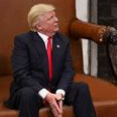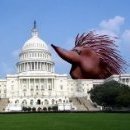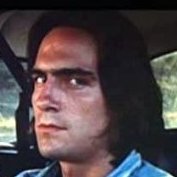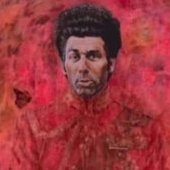Usb Boot Problem - Second Try At Posting.
-
Recently Browsing 0 members
- No registered users viewing this page.
-
Topics
-
-
Popular Contributors
-
-
Latest posts...
-
2
Report Swede, Aussie Found Dead Hours Apart in Same Pattaya Condo
Mr. Huotari likely fell getting into the jacuzzi. The other one, who knows. -
21
Report Abbot Accused of Abusing Girl in Pathum Thani Temple Scandal
I have a nickname for one of the "monks" in the temple down the road does not work in the temple, does not walk in the morning, always has cigarettes, has a shopping list of things for people to get him, even has a local lottery seller deliver tickets to him -
13
THAILAND LIVE Thailand Live Friday 18 July 2025
Lorry Driver Admits Falling Asleep After Slamming into Tanker in Chachoengsao Picture courtesy of Workpoint. A traffic collision occurred on Highway 331 in Plang Yao district, Chachoengsao province, when a ten-wheel box lorry crashed into a chemical tanker. The incident caused an explosion of the rear tyre and a fire extinguisher extinguisher, resulting in minor injuries. Full story:https://aseannow.com/topic/1367058-lorry-driver-admits-falling-asleep-after-slamming-into-tanker-in-chachoengsao/ -
34
Crime Brawl Erupts Among Middle Eastern Tourists in Pattaya’s Soi Yensabai
Some exclusion works well in these situations. -
0
Accident Lorry Driver Admits Falling Asleep After Slamming into Tanker in Chachoengsao
Picture courtesy of Workpoint. A traffic collision occurred on Highway 331 in Plang Yao district, Chachoengsao province, when a ten-wheel box lorry crashed into a chemical tanker. The incident caused an explosion of the rear tyre and a fire extinguisher extinguisher, resulting in minor injuries. Police Colonel Preecha Nisaisom, superintendent of Plang Yao Police Station, along with traffic officers and emergency responders, rushed to the scene near the Government Complex area, a community zone lined with local shops and residences. The box lorry was found damaged after veering off and hitting a roadside tree. Nearby, the chemical tanker, marked as carrying alum solution (aluminium sulfate), had a blown rear-right tyre. The impact also triggered an explosion from an external mounted fire extinguisher, injuring a nearby resident with debris. Mr. Piyanut 32, the driver of the chemical tanker said he was returning his empty vehicle to a factory in Rayong province after delivering the chemical to a client for use in public water treatment. “Luckily, the truck was empty at the time. This wasn’t really a dangerous substance incident,” he confirmed. Alum solutions are corrosive and can cause irritation or burns to the skin and eyes. Inhalation may irritate the respiratory system, potentially leading to coughing, wheezing, or shortness of breath Mr. Teerasak 25, the driver of the box lorry, admitted to police that he had fallen asleep at the wheel, causing him to rear-end the chemical tanker. CCTV footage from a nearby food stall showed the dramatic moment of impact. Ms. Sawitree 23, was preparing food for a customer when she heard the explosion. “It was loud, everyone panicked and ran. There was white powder in the air; we were terrified,” she said. Emergency crews from Thung Sadao Municipal Disaster Prevention Office were on standby in case of any chemical leakage and immediately began cleaning the roadway. Authorities confirmed that only minor injuries occurred and no hazardous chemicals were released. Police are continuing their investigation and have confirmed that legal proceedings against the at-fault driver are underway. Adapted by Asean Now from Workpoint 2025-07-17 -
2
Report Swede, Aussie Found Dead Hours Apart in Same Pattaya Condo
One looks like suicide one maybe not, anyway, suicide the right option for some people, ends the pain they are in
-
-
Popular in The Pub



.thumb.jpeg.d2d19a66404642fd9ff62d6262fd153e.jpeg)









Recommended Posts
Create an account or sign in to comment
You need to be a member in order to leave a comment
Create an account
Sign up for a new account in our community. It's easy!
Register a new accountSign in
Already have an account? Sign in here.
Sign In Now